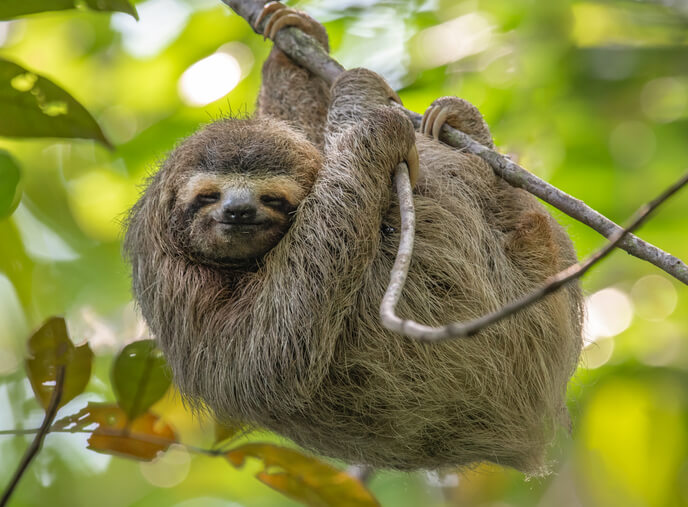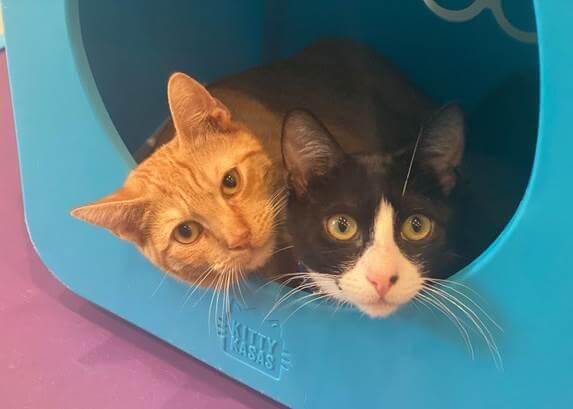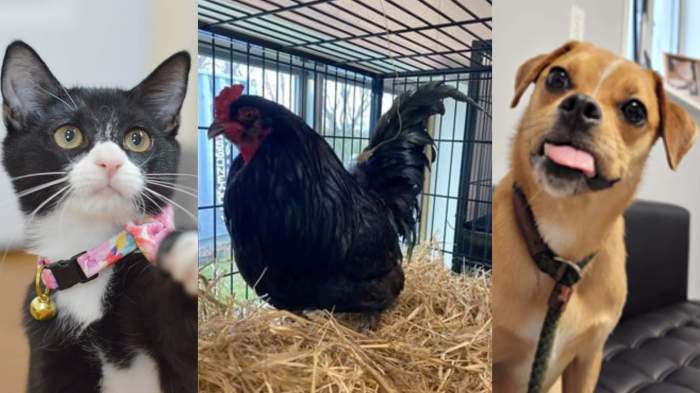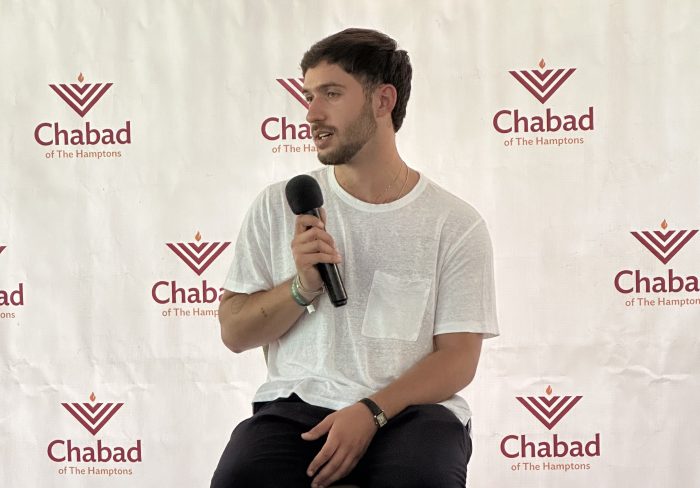Sloth Encounters Shutters Amid Slew of Complaints
With their teddy-bear-like characteristics and adorable smiles, it’s hard to deny the likeability of the sloth.
Human fascination with this incredible creature recently sparked the creation of businesses like Sloth Encounters in Hauppauge, which offered the general public the opportunity to interact with, feed, and even hold sloth babies. But as the result of backlash from animal rights groups and a growing concern by the public, the Suffolk County Supreme Court has ordered Sloth Encounters to shut down pending an Oct. 6 hearing.
Sloths by nature spend their lives in the tropical rain forests sleeping for 15 to 20 hours a day. Being indoors is hardly a preferred existence, let alone a humane one, according to anthrozoologist and wildlife rehabilitator John Di Leonardo, president and executive director of Humane Long Island.
“If you like sloths, you should steer clear of Sloth Encounters and any other business that exploits these sensitive nocturnal wild animals. Sloths are naturally afraid of humans, who they see as predators,” he says. “They do not want to be touched, and as nocturnal animals, they should be sleeping during the hours they’re being forced into close contact with humans.”
And when wild animals are exploited, it’s only inevitable that they lash out. Recent reports indicate that at least one child had been bitten at Sloth Encounters, prompting a Suffolk County Department of Health investigation into the incident.
“Sleep deprivation, fear, and emotional distress lower the body’s immune response, making one more susceptible to illness regardless of species,” explains Karenlynn Stracher, a former clinical supervisor of nursing for New York City’s Covid Testing and Vaccination response team and New York State licensed wildlife rehabilitator explains. “Remaining under duress for extended periods of time puts the sloths at Sloth Encounters at constant risk for illness, and doing so in close proximity to humans exponentially increases the risk of zoonotic disease, which according to the World Health Organization (WHO), are 60% of emerging infectious disease reported globally.”
Sloth Encounters owner/operator Larry Wallach had no comment and claimed no knowledge of the bite.
Di Leonardo continues, “There’s no clearer way an animal can communicate distress than by trying to bite and scratch a handler. Those who allow these sensitive animals to be harassed by strangers for profit have no business keeping animals.”
Such people, according to Di Leonardo, include Wallach, who has a history of receiving citations relating to animal welfare and public safety, including several town, county, and federal citations in 2022, and a total of 50 federal citations and a 2013 suspension of his U.S. Department of Agriculture (USDA). But, according to Wallach, these problems have all been rectified, and Sloth Encounters was nothing short of an amazing educational experience that went above and beyond to care for their sloths.
During a tour of his facility, Wallach presented a refrigerator filled with fresh fruits and vegetables, noting that the sloths have outdoor time for an hour each day, and veterinary visits every two weeks. According to Islip Town Supervisor Angie Carpenter, however, Sloth Encounters was still operating illegally.
Weighing in on the discrepancies is Dr. Rebecca Cliffe, founder and executive director of the Sloth Conservation Foundation.
“The opportunity to have close encounters with wild animals is both inspiring and educational, but there’s a way to do it without putting the sloth in an exploitative or a stressful situation,” she says. “Our first rule is simple: Allowing hands-on contact is not ethical. Sloths are a solitary species, so they’re not social and can’t be domesticated. They are the prey and humans are the predator.”
Sadly, their natural reaction is to stay still, which confuses people into thinking they are content with being held and touched. And there’s another entirely separate issue: the effects of social media.
“The more people visiting these encounters and sharing photographs of touching and holding a sloth, the faster these actions become normalized,” says Cliffe. “People then come to economically troubled countries like Costa Rica or Colombia or Brazil with a preconception that sloths are touchable and holdable, which then presents greater opportunities for exploitation.”
Sloths are often taken out of the wild for use as photo props until they die because they are easily obtained and replaceable.
Dr. Cliffe’s foundation states that it has continued to promote safe sloth encounters, which according to Cliffe means taking photos with sloths from a distance without physical hands on the animals. At a minimum, sloths need natural light and a habitat with hiding spaces, a healthy diet, and proper medical care, some of which were practiced at Sloth Encounters.
“Individuals and businesses that truly care about sloths and educating people should change their protocols,” says Cliffe. She added that to ensure the future and education of sloths, businesses should consider donating a portion of their proceeds to sloth rescue, rehabilitation, and conservation. Wallach was unable to provide records indicating such donations are made.
Humane Long Island will be back in force at the Oct. 6 hearing and will continue their campaign until Sloth Encounters is permanently closed and the sloths are retired to reputable sanctuaries. Bottom line: Animal rights advocates agree that it’s part of the public’s responsibility to respect and help protect sloths and other wild nondomesticated animals from abuse and exploitation. The public can do so by boycotting pet stores and non-rescue centers and breeders, and becoming a voice for the voiceless by sharing concerns with local lawmakers.






























